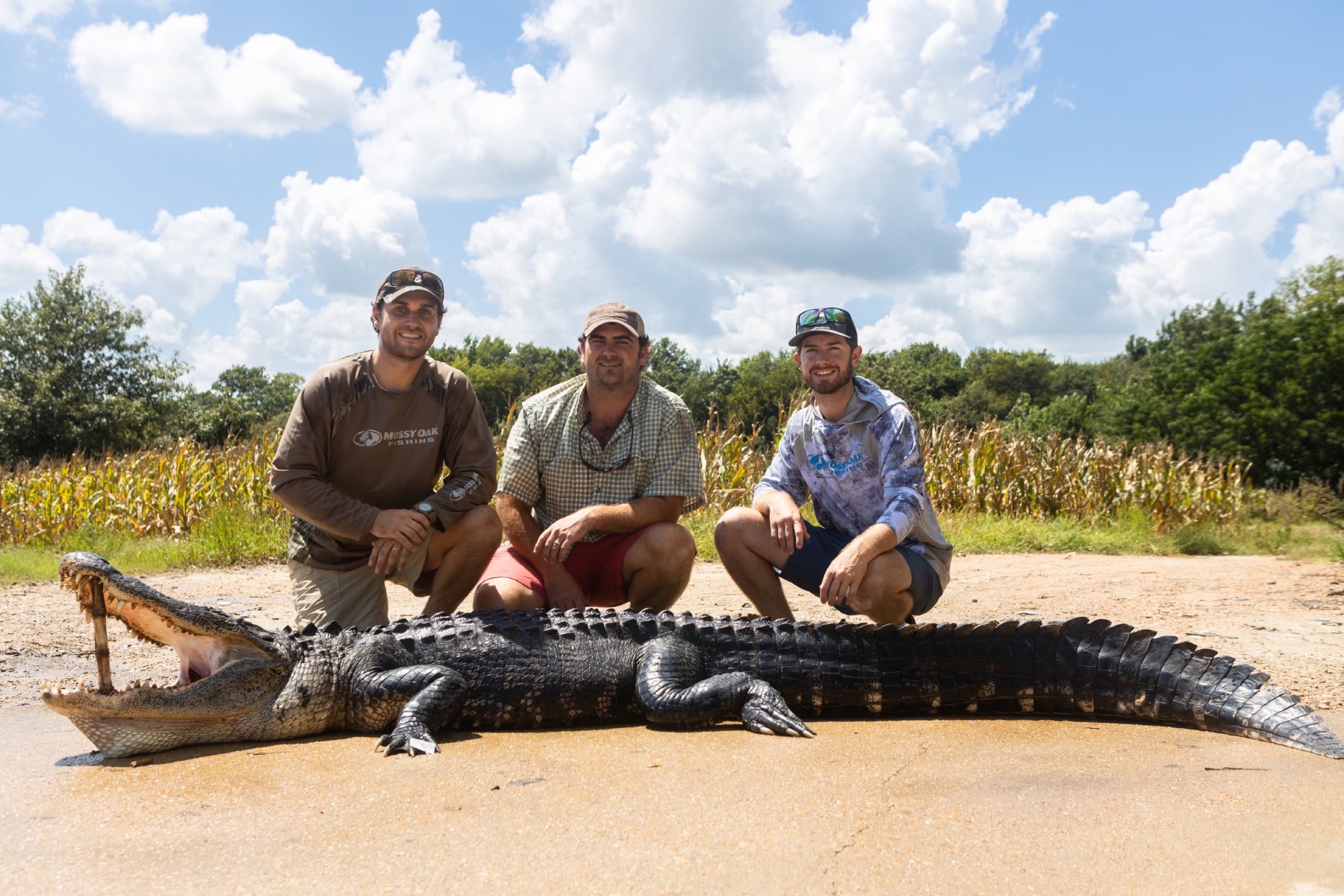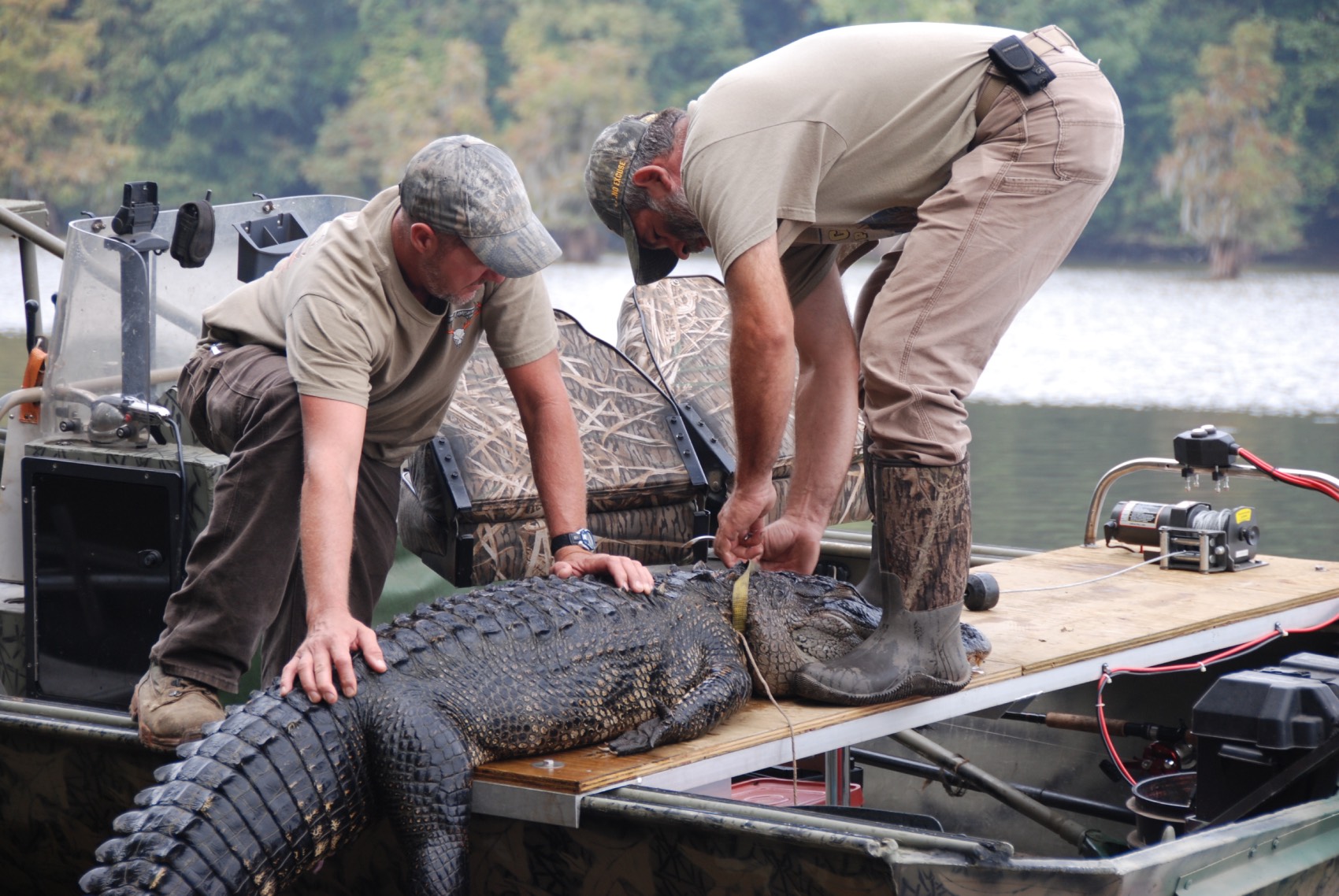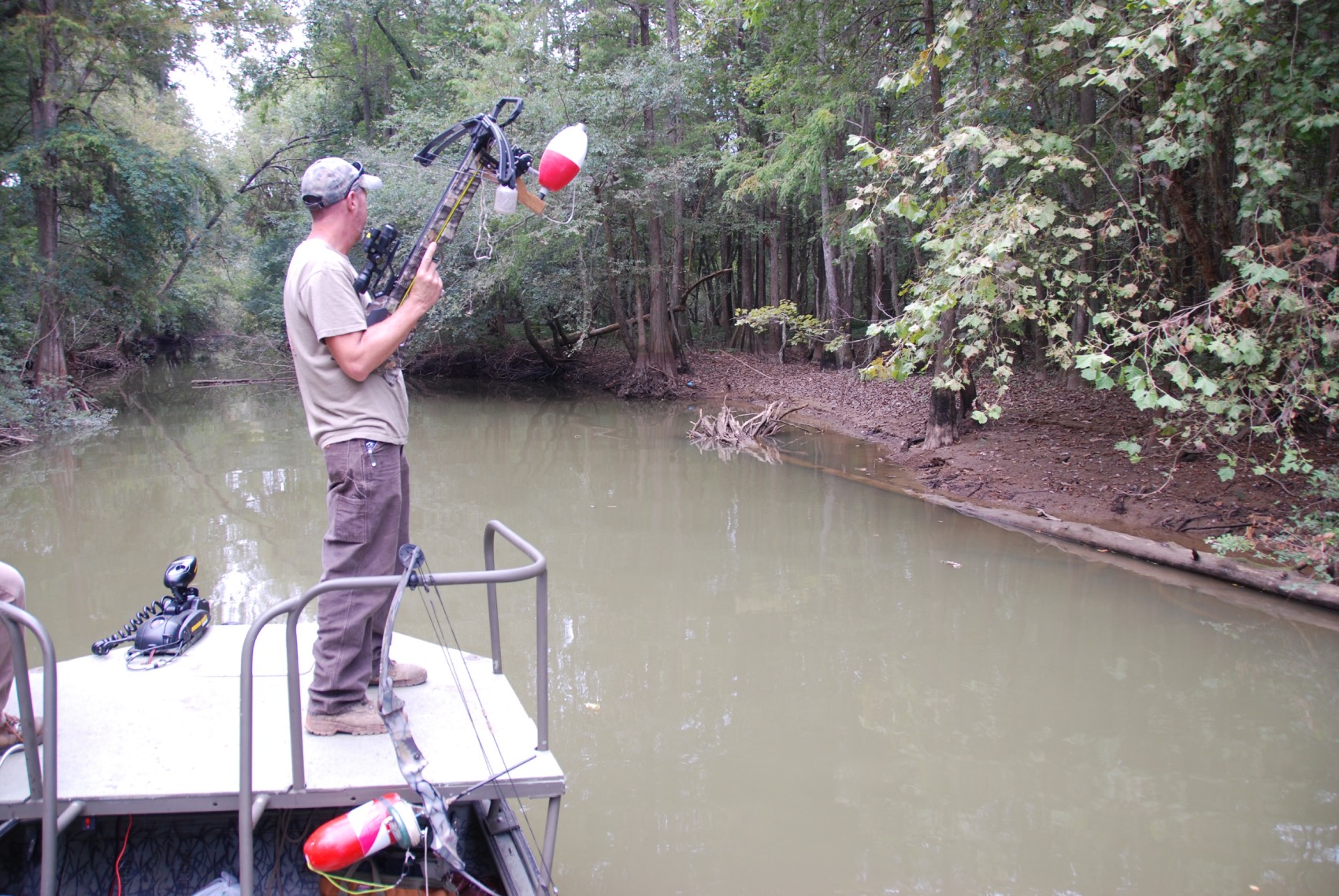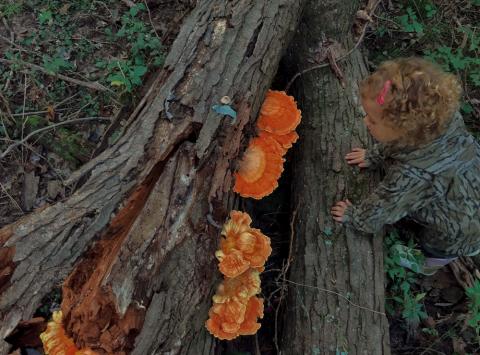Phillip Gentry
How to Hunt Alligators
Chances are pretty good that if you’re interested in hunting alligators on a recreational basis, you’ve already applied for one or more of the state alligator hunting lottery drawings available in every coastal state from North Carolina to Texas (plus Arkansas). Recreational alligator seasons are available in all of these states and season dates typically fall between August and October, depending on which state you’re hunting in. Lottery drawings take place during the summer to allot a limited number of harvest tags to a large number of interested hunters and most alligator states have made their selections and notified their lucky hunters by the end of July.
Recreational alligator hunts are a relatively new concept in most of these states, with the exception of Florida, Texas, and Louisiana, the states with the larger alligator populations, which have historically relied more on commercial harvest to control gator numbers.

The American alligator, once hunted nearly to extinction, has now recovered to the point that regulated recreational harvest of the animals is now allowed in Southeastern coastal states.
Lottery hunt selections are typically for a certain segment or zone of each state in an attempt to spread the harvest and hunting pressure evenly. Baiting for alligators is illegal in recreational hunting except in Florida, Texas, and Louisiana where it is restricted to mostly private lands.
American alligators are riverine in nature, mostly preferring fresh water but will venture into brackish and salt waters at times. Accordingly, alligators can be found in rivers, swamps, sloughs, lakes and ponds. Adult alligators are opportunistic feeders. Food sources include birds, fish, and mammals, as well as other reptiles and amphibians, either dead or alive.
Selected hunters typically spend a few days, or nights where allowed, afield in their allotted hunt area trying to pattern alligator traffic before the season opens. From telemetry studies, most alligators maintain a home range that varies between 1 and 13 square miles. These same studies also document strong fidelity to their individual territories. Alligators mate during the months of May and June, during which time both male and female gators may travel outside their ranges, but later in the year, during alligator hunting seasons, remain within their home ranges.

All alligator hunting states require the animal be tagged immediately after harvest.
Finding and Patterning Alligators
While a host of environmental factors such as food, water levels and water quality may dictate how far and wide an alligator may travel across it’s territory, seeing an alligator in a particular area is the most utilized patterning practice in preparation of hunting. Larger and older specimens are solitary creatures and prefer to be far removed from human activity and will reside in remote, hard-to-reach locations. While American alligators are not entirely nocturnal, these animals are definitely more active after dark.
Like many predatory species, alligators are vocal creatures. Both male and female gators have a range of vocalizations. Some hunters swear by an ability to call gators into an area, or at least make them show themselves, by making a low-pitched kissing sound produced by mouth with their lips sucked in. Another auditory method is to imitate prey by making splashing sounds that mimic a small mammal in distress.
Try This Recipe: Nashville Hot Alligator
In states that allow night hunting, many hunters rely on chance encounters with gators by shining search lights on the water. An alligator’s eyes will shine bright red when light is reflected off of them. The hunter then attempts to ease in close enough to attach a line to the animal before it submerges.
Because alligators spend the majority of the time under water than above it, the best way to estimate the size of one is judging the distance between its nostrils and it’s eyes, which is all the animal typically shows above water when cruising or hunting. Scientific studies support a scale of 1 inch distance between eyes and nostrils to 1 foot of overall body length.
Alligator Hunting Gear and Training
The methods for attachment of a line, which vary by state, include hand-held snatch hooks Thrown by hand or cast with rod and reel), harpoons, snares, or bowfishing archery tackle. In the majority of states that allow recreational alligator hunting, it is illegal to shoot an alligator with a firearm until the animal is brought under control with a rope firmly attached.
Realizing the complexities of alligator hunting and the relative newness of the sport, most alligator states offer either online training, in-person seminars, or both to educate hunters on what equipment is legal in that state and how to best use the equipment to harvest an alligator.

Legal hunting methods vary by state. Most states do not allow the shooting of an alligator until it is roped under control.
Because wrestling a large alligator boatside is usually more work than one person can handle, most states allow “assistant” hunters to participate in the hunt. These individuals do not have to be drawn or randomly selected, but must accompany an alligator tag bearer and may have separate license requirements in order to participate in the hunt.
A Nod to Conservation
American alligators were on the brink of extinction as recent as the early 1970’s, mostly due to unregulated hunting. Since that time, gators in the southern coastal states have rebounded in number to the point that limited harvest is allowed. This harvest is highly monitored with the issuance of tags to only a few selected hunters and requirements that all animals be tagged immediately upon harvest as well as the labelling of alligator parts once processing has taken place. Harvest reports are also required and each state compiles hunter success, participation and animal length and weight calculations in order to properly monitor harvest.
Alligator hunting seasons are in themselves a success story in animal conservation. By allowing limited harvest of these magnificent animals, hunters can help reduce the amount of unintended alligator/human interactions, which often leads to the destruction of the offending alligator, and provide recreational opportunities, population control, and make full use of the animal.






























